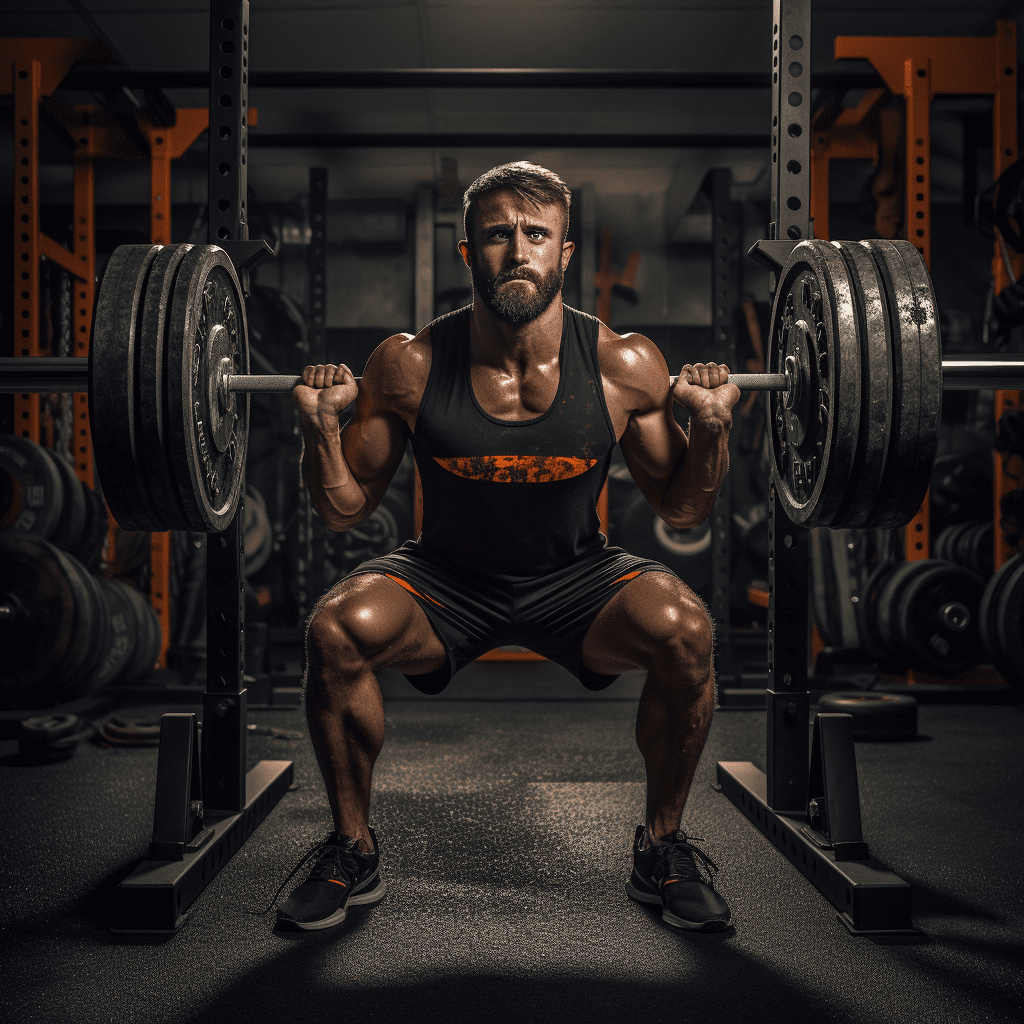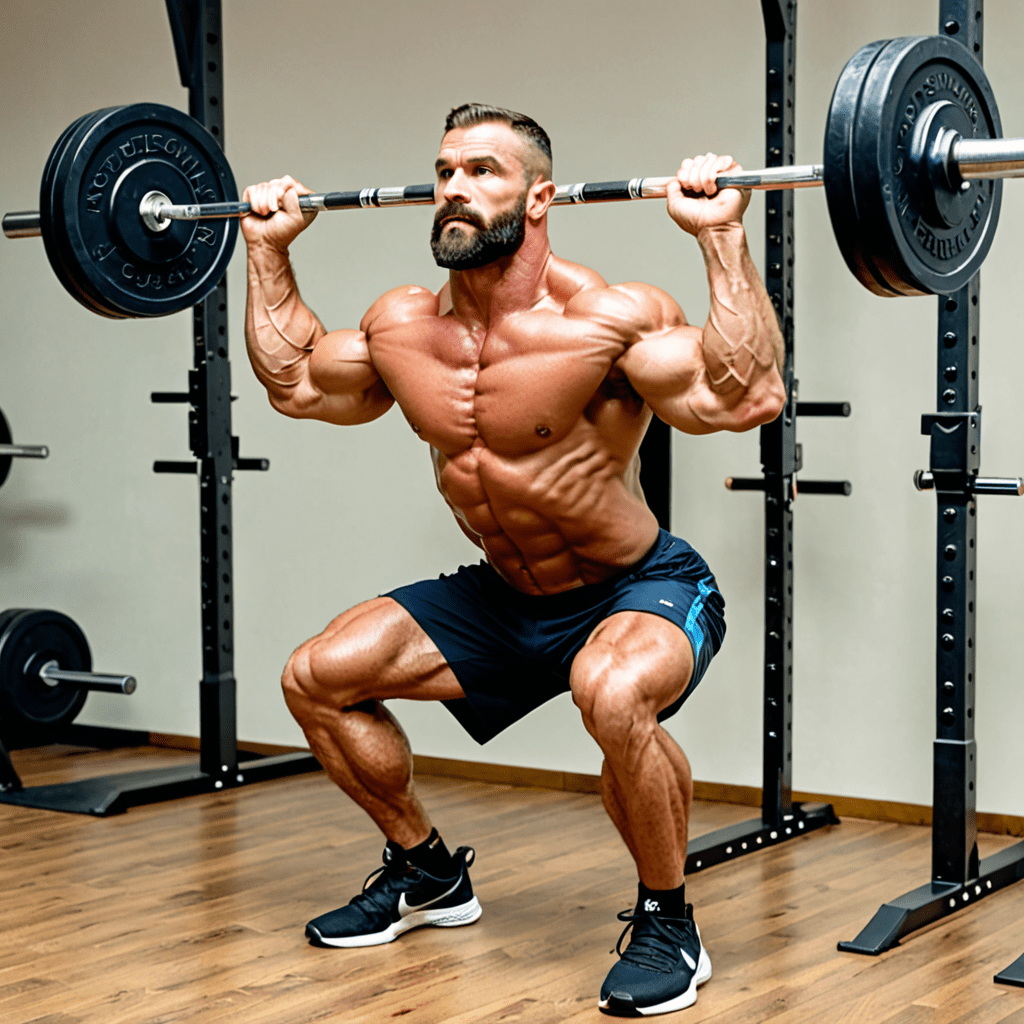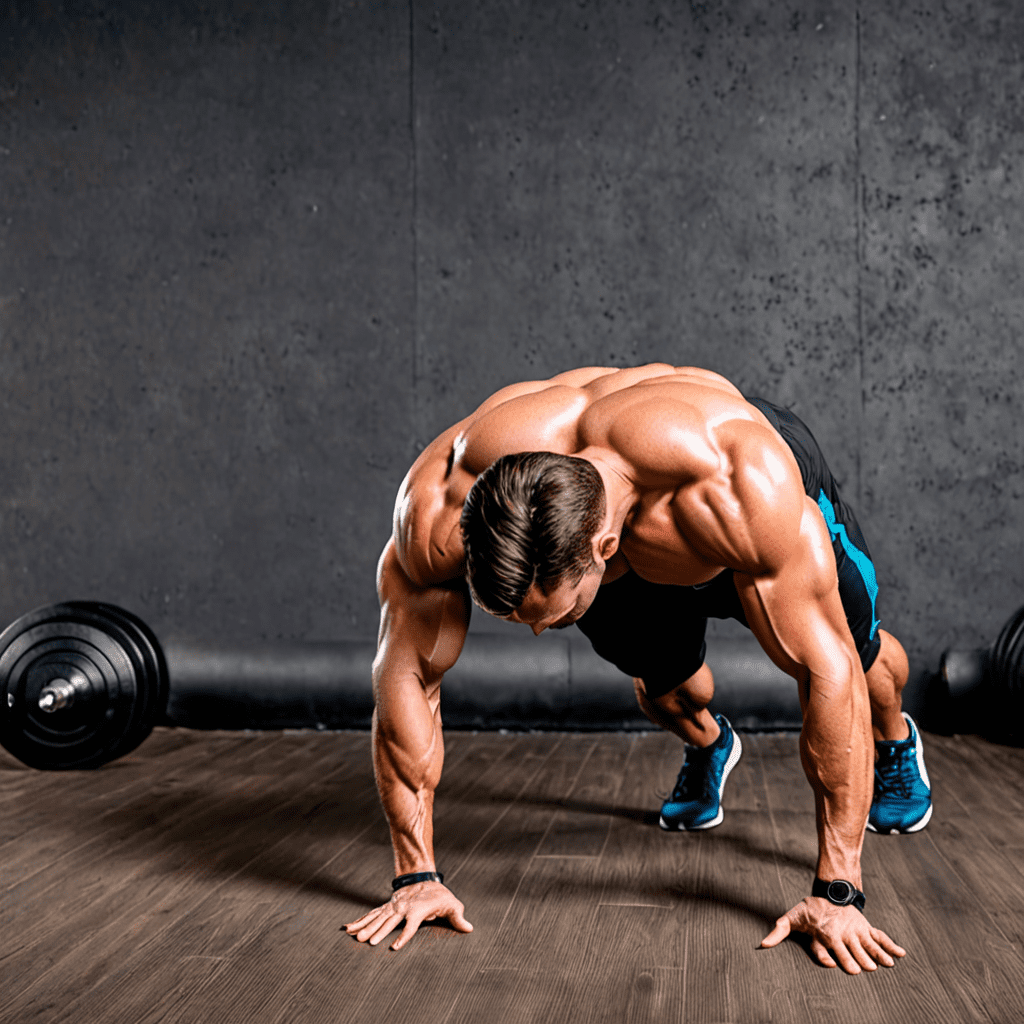
How Deep to Squat: Finding the Perfect Squat Depth for Your Workouts
Squatting is a fundamental exercise that targets multiple muscle groups and is a staple in many workout routines. Whether you’re a seasoned lifter or just starting out, one question that often arises is: How deep should you squat? In this article, we’ll explore the different squat depths, the benefits of each, and how to find the perfect squat depth for your fitness goals.
1. The Parallel Squat: A Standard Depth for Beginners
The parallel squat is a commonly recommended depth for beginners and those new to squatting. This involves lowering your body until your thighs are parallel to the ground. This depth allows for proper engagement of the quadriceps, glutes, and hamstrings while maintaining more control and stability. It also puts less stress on the knees compared to deeper squats.
2. The Deep Squat: Unlocking Greater Muscle Activation
Going beyond parallel and performing a deep squat brings additional benefits. This involves squatting until your hamstrings touch or come close to touching your calves. Deep squats require greater mobility and flexibility in the ankles, hips, and knees. This increased range of motion can lead to greater muscle activation, especially in the glutes and hamstrings.
3. Assessing Your Mobility: The Key to Finding Your Ideal Squat Depth
Before diving into deep squats, it’s crucial to assess your mobility and flexibility to ensure you can perform the movement safely. Lack of mobility can lead to poor form, increased risk of injury, and limited gains. Start by performing exercises that target the specific areas involved in squatting, such as ankle mobility exercises, hip stretches, and knee stability exercises.
4. Listen to Your Body: Individualizing Your Squat Depth
Everyone’s body is unique, so finding your ideal squat depth may require some trial and error. Pay attention to how your body feels during different depths of squats. If you feel strain or discomfort in your knees, it may be a sign to reduce your depth. Conversely, if you have good mobility and feel a strong engagement in your muscles with deeper squats, then exploring deeper depths can be beneficial.
5. Incorporating Variation: Mixing Up Your Squat Depths
To maximize your gains and challenge your muscles in different ways, it’s helpful to incorporate variation in your squat depths. This can be done by alternating between parallel squats and deep squats during your workouts. This variation helps target muscles from different angles, promoting balanced muscle development and overall strength.
6. The Importance of Proper Form: Protecting Your Joints and Muscles
Regardless of the squat depth you choose, proper form is paramount. Maintaining a neutral spine, engaging your core, and keeping your knees aligned with your toes are essential for preventing injuries and getting the most out of your squats. Consider working with a qualified trainer or coach to ensure you’re executing the movement correctly and safely.
FAQ: Frequently Asked Questions
Q: Will squatting deeper lead to more muscle growth?
A: Squatting deeper can potentially lead to greater muscle activation, especially in the glutes and hamstrings. However, muscle growth also depends on other factors such as overall training volume, progressive overload, and adequate nutrition.
Q: Can squatting too deep be harmful?
A: Squatting too deep without proper mobility and flexibility can put excess stress on the joints and potentially lead to injury. It’s essential to assess your mobility and gradually work on improving it before attempting deeper squat depths.
Q: How can I improve my squat depth?
A: Improving squat depth involves targeting specific areas such as ankle mobility, hip flexibility, and knee stability. Incorporating exercises that address these areas, such as ankle mobility drills, hip stretches, and strengthening exercises for the glutes and hamstrings, can help improve squat depth over time.
Q: Should I always strive for maximum squat depth?
A: Maximum squat depth may not be necessary or appropriate for everyone. It’s important to find a depth that allows for proper form and muscle engagement without compromising joint integrity. This may vary between individuals based on factors such as mobility, anatomy, and previous injuries.
Q: Can I squat as deep as possible without weights?
A: Squatting deep without weights can be a great way to work on mobility and flexibility. However, it’s important to maintain proper form and gradually progress over time to avoid injury. As your mobility improves, you can gradually add weights to your squats while maintaining the depth that feels comfortable and safe for you.
Q: Are there any benefits to partial squats?
A: Partial squats can be useful in targeting specific muscle groups, overcoming sticking points, or for certain sports-specific training. However, they should not replace full-depth squats, as they provide different benefits such as greater muscle activation and functional strength.
In conclusion, the depth to which you squat depends on your goals, mobility, and comfort level. Starting with parallel squats and gradually progressing toward deeper depths can help you find your ideal squat depth. Remember to prioritize proper form, listen to your body, and incorporate variation to optimize your squatting routine and reap the rewards of this powerful exercise.


